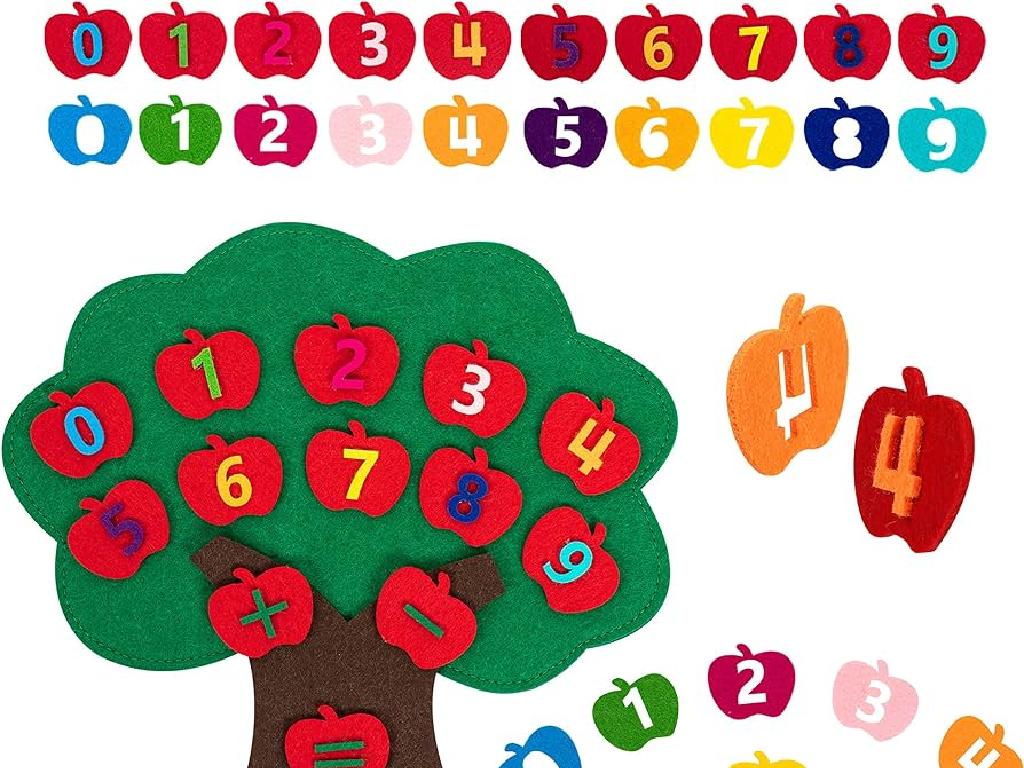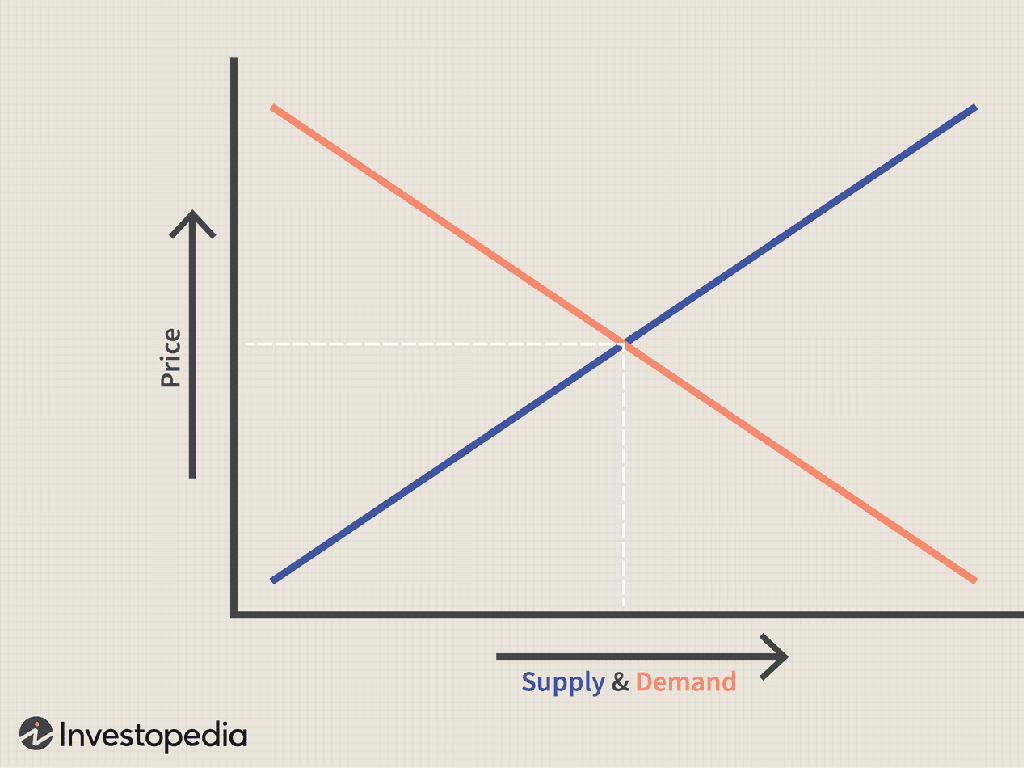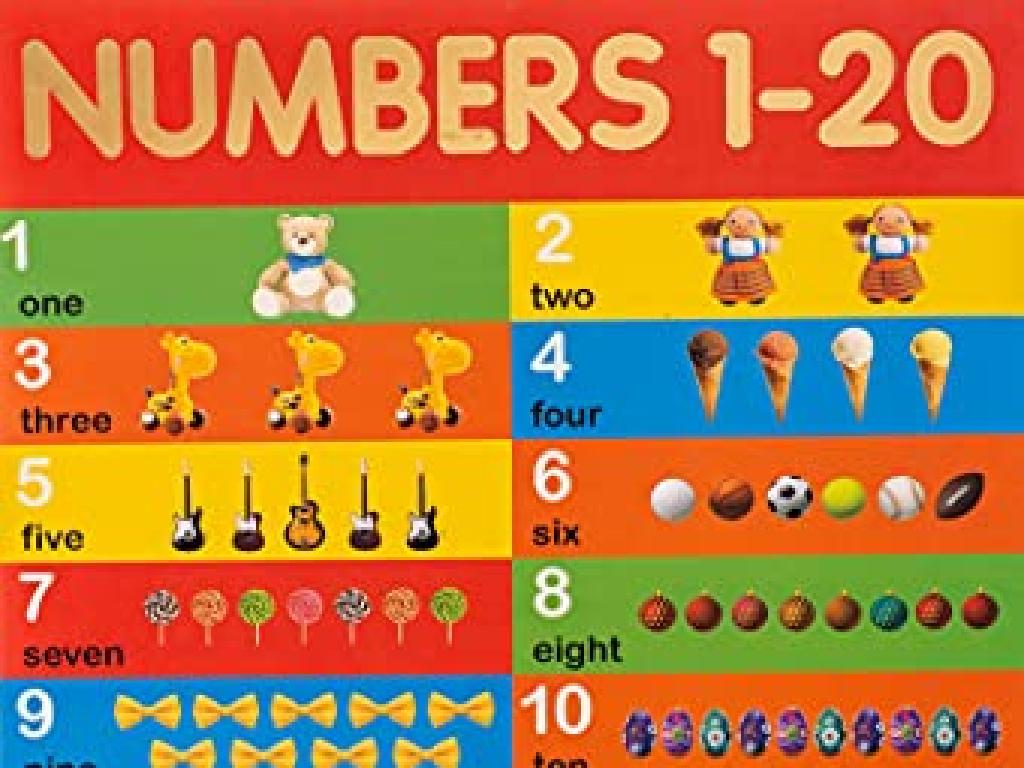Compare Percents And Fractions: Word Problems
Subject: Math
Grade: Sixth grade
Topic: Percents
Please LOG IN to download the presentation. Access is available to registered users only.
View More Content
Understanding Percents and Fractions
– Percents represent parts of 100
– For example, 50% is the same as 50/100 or 1/2
– Relating percents to fractions
– To convert a percent to a fraction, divide by 100 and simplify
– Converting between percents and fractions
– 75% becomes 75/100, which simplifies to 3/4
– Applying percents in real-life scenarios
– Examples: sales tax, discounts, statistics
|
This slide introduces students to the concept of percents and how they relate to fractions, which is a fundamental skill in mathematics and critical for understanding real-world applications. Begin by explaining that percents are another way to express fractions with a denominator of 100. Show how to convert percents to fractions by dividing by 100 and simplifying the resulting fraction. Provide examples of percents in everyday life, such as calculating discounts during shopping or understanding statistics in the news. Encourage students to think of other examples where they encounter percents. This will help them see the relevance of percents and fractions in their daily lives.
Understanding Percents
– Percent means ‘per hundred’
– Visualizing 1% on a 100-square grid
– If one square is colored out of 100, that’s 1%
– Converting fractions to percents
– To convert, divide the numerator by the denominator and multiply by 100
– Turning decimals into percents
– Multiply the decimal by 100 to get the percent
|
This slide introduces the concept of percent to the students by defining it as ‘per hundred’, which lays the foundation for understanding how percents relate to fractions and decimals. Show a visual representation of 1% using a grid of 100 squares to help students visualize what a percent looks like. Then, guide students through the process of converting fractions to percents by dividing the top number of the fraction (numerator) by the bottom number (denominator) and multiplying by 100. For decimals, teach them to simply multiply by 100 to find the percent. Provide examples for each conversion to ensure understanding, such as converting 1/4 to 25% and 0.75 to 75%.
Converting Fractions to Percents
– Fractions represent parts of a whole
– Convert fractions to percents step-by-step
– For example, 1/2 becomes 50% by multiplying by 100
– Use division to convert fractions
– Divide the numerator by the denominator
– Multiply by 100 to find the percent
– After division, multiply the result by 100 to get the percentage
|
This slide aims to help students understand the relationship between fractions and percents and how to convert between the two. Start by explaining that a fraction represents a part of a whole, just like a percent. To convert a fraction to a percent, students should first divide the numerator by the denominator to get a decimal. Then, they multiply the decimal by 100 to find the percent. Provide examples of simple fractions and work through the conversion process step-by-step. Encourage students to practice with different fractions to become comfortable with the method. Remind them that understanding this conversion is crucial for comparing different forms of numbers, especially in real-world scenarios.
Percents in Word Problems
– Identify percent, part, whole
– Find the percentage, the portion given, and the total value in problems
– Set up equations for problems
– Use the formula part = percent × whole to create an equation
– Solve percent word problems
– Apply the equation to find unknowns in word problems
– Practice with examples
– Example: If 30% of a number is 12, what is the number?
|
This slide introduces students to the concept of percents in the context of word problems. Start by explaining how to identify the percent, the part of the whole that is being considered, and the total value or whole in a given problem. Then, demonstrate how to translate these word problems into equations using the formula part = percent × whole. Work through solving these equations to find unknown values. Provide clear examples, such as finding the total number when a percentage of it is known. Encourage students to practice setting up and solving these equations with various word problems to reinforce their understanding.
Comparing Percents and Fractions
– Comparing values: percent vs. fraction
– Learn to determine if a percent is larger or smaller than a fraction
– Benchmarks: 1/2 and 50%
– Use 1/2 as a reference point to estimate and compare values
– Practice with comparison problems
– Solve word problems to apply comparison skills
– Strategies for quick comparison
– Tips like converting to decimals or visualizing pie charts
|
This slide introduces students to the concept of comparing percents and fractions. Start by explaining how to tell which is larger by converting percents to fractions or vice versa. Emphasize the use of benchmarks, such as 1/2 and 50%, to make quick estimates. Provide practice problems to reinforce the concept and allow students to apply what they’ve learned. Share strategies like converting both percents and fractions to decimals or using visual aids like pie charts to facilitate easier comparison. Encourage students to explain their reasoning during practice to solidify their understanding.
Class Activity: Percent & Fraction Scavenger Hunt
– Find classroom items for percents & fractions
– Convert quantities to percents and fractions
– How does 1/2 of a set of markers relate to 50%?
– Share your findings with the class
– Discuss the conversions as a group
– Why might different items make conversion easier or harder?
|
This interactive activity is designed to help students apply their knowledge of percents and fractions in a real-world setting. Students will search the classroom for items that can be quantified, such as a set of markers, books, or tiles on the floor, and then express those quantities as both percents and fractions. Afterward, they will present their findings to the class, fostering a discussion on the conversion process. This will help them understand the relationship between percents and fractions in a tangible way. For the teacher: Prepare a list of possible items students can look for, ensure they understand how to convert between fractions and percents, and guide the discussion to cover different strategies and insights students might have during the activity.
Wrapping Up: Percents vs. Fractions
– Recap: Comparing percents & fractions
– Percents in daily life
– Understanding discounts, statistics, and more
– Homework: Worksheet completion
– Apply today’s lesson to solve problems
– Practice makes perfect
|
As we conclude today’s lesson, it’s important to review the key concepts of comparing percents to fractions through word problems. Emphasize the practicality of percents in everyday life, such as calculating discounts, understanding statistics in the news, or managing personal finances. For homework, students are assigned a worksheet that reinforces these concepts, ensuring they apply what they’ve learned to various scenarios. Encourage students to practice diligently, as mastery of percents is a valuable skill both in academics and in real-world applications. The next class will involve reviewing the homework and addressing any difficulties encountered.





